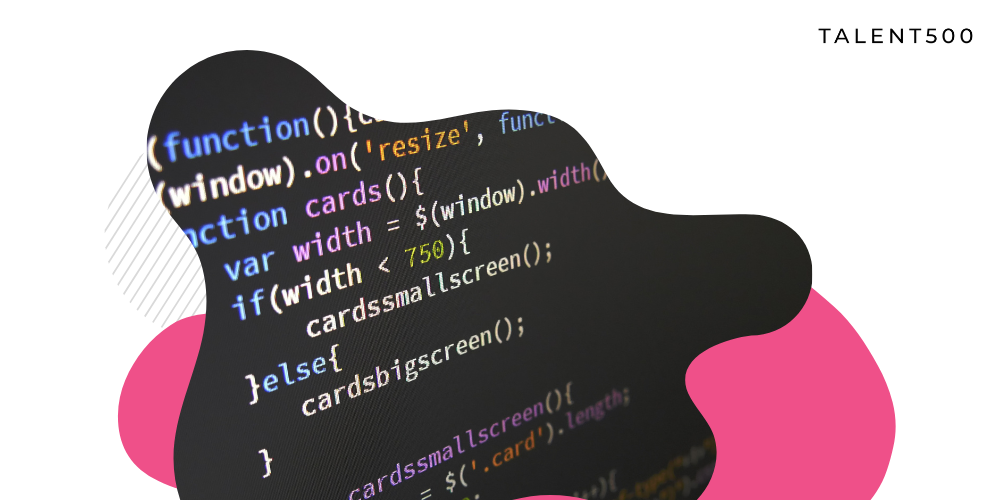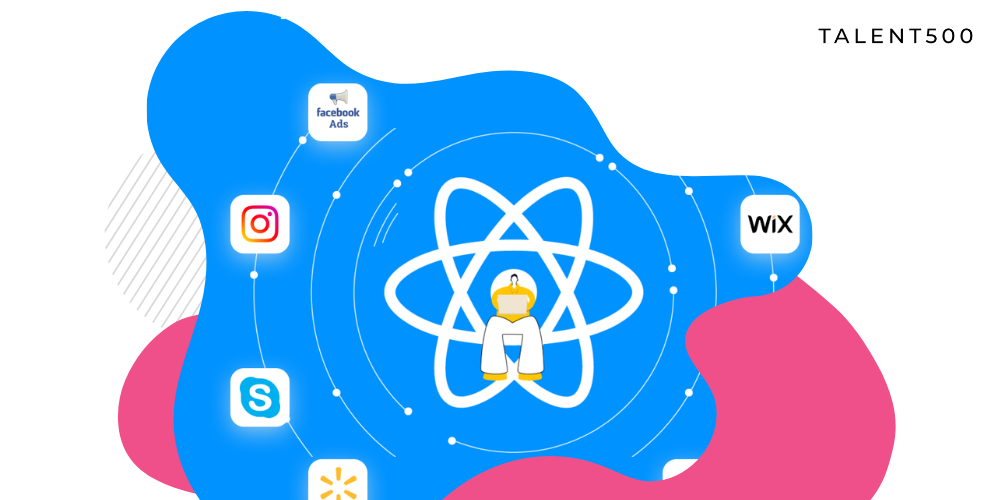Cloud computing has changed the infrastructural architecture of the internet in far more ways than any other technology has. And among all major cloud platforms, AWS or Amazon Web Services takes the giant share.
To give you an idea, AWS owns more share of the cloud market than four of its closest competitors combined. The ubiquity of the AWS platform is why there is such a huge demand for AWS developers. There is a good chance that any software engineer job requirement will list AWS as a required or expected skill. If you take the time to understand AWS development, you will be a distinguishable and highly valued developer at any organization.
As the functionality and number of services in AWS are in the hundreds, it can be overwhelming to find the right resources. This AWS developer toolkit is your complete guide for the best resources to learn AWS development.
- Deployment: The most basic but essential AWS skill is deployment. There are numerous ways to deploy an application on AWS. It would help if you kept learning AWS deployment because it is frequently upgraded to accommodate technological advancements. You must know concepts like EC2 instance, CloudFormation, Elastic Beanstalk, Elastic Container Service (ECS), and Elastic Kubernetes Service.
- AWS SDK: For any application to interact with AWS, it needs to connect with the AWS Software Development Kit. If you have experience with application interactions, you know how APIs are used to collect two applications. The API layer in AWS SDK is vast, and even pros are surprised to find how much can be accomplished with it. As an AWS developer, you must understand how to work with the SDK. Using AWS for your applications becomes easier when you know everyday AWS SDK tasks, such as connecting to a DynamoDB table or pulling down an object from an S3 bucket.
- Security: While AWS can open a new frontier of scalability and decentralization, it also comes with specific challenges. You are on your own when creating a production environment, and it is essential to understand the ins and outs of the AWS security model and Identity Access Management or IAM. Most of the bugs arising in AWS result from developers’ misunderstanding of IAM. As a developer, you are expected to understand how Roles and Policies work.
- Serverless: More and more developers are relying on AWS’ serverless services like Lambda and API Gateway to solve their problems. Understanding when and why to use serverless solutions is essential for any AWS developer. According to Amazon, “A serverless architecture is a way to build and run applications and services without having to manage infrastructure. Your application runs on servers, but AWS manages all the servers.”
Developers who understand serverless are more in demand as they know how to utilize the modern infrastructure to create systems that scale as the requirement arises. A Serverless Framework is one critical open-source framework that makes it more accessible. As a developer, you must be familiar with Serverless Framework.
- Top 90+ AWS Interview Questions and Answers for 2022
- AWS Basic Interview Questions
- Amazon software development engineer interview
- Top 20 AWS cloud engineer interview questions
- Top interview questions for cloud engineers
- Full Stack developer interview preparation resources
- Top 5 Java Microservices Frameworks Architecture
Official resources
- AWS official website
- AWS official documents
- AWS official training resources
- AWS Training and Certification
Online courses and tutorials for AWS developers
It is the best course to get started with an overview of the features, capabilities, and benefits of Amazon Web Services. The AWS fundamentals specialization course teaches all core services of the platform and its vital security concepts. It also discusses the basics of building serverless applications with AWS.
Udemy offers this AWS course for developers. It covers the end-to-end implementation of the significant components of AWS. It moves on from the part about how to get started with the AWS technologies to more complex concepts such as SSHING.
For any cloud engineer, security is one of the most important concepts to master. This AWS course teaches developers the fundamentals of cloud security, compliance, and the shared responsibility model of AWS. There are several AWS services covered in this course, such as Amazon GuardDuty, Amazon CloudWatch, Amazon VPC, AWS Security Hub, AWS Secrets Manager, and Amazon S3.
FreeCodeCamp offers this YouTube tutorial. Its practical guide approach to teaching AWS cloud platform is different from other courses. It teaches startups to get started with a cloud platform, create an account, deploy the application, and budget scale.
Books for AWS developers
- Learn AWS Serverless Computing: A beginner’s guide to using AWS Lambda, Amazon API Gateway, and services from Amazon Web Services
- Programming AWS Lambda: Build and Deploy Serverless Applications with Java
- Learning Amazon Web Services (AWS): A Hands-On Guide to the Fundamentals of AWS Cloud
Online communities for AWS developers
Podcasts for AWS developers
- Communication: Good communication is necessary for every professional. Developers are no exceptions. When working on a complex project, they need to work with others. Effective communication is essential to ensure everyone on the team is on the same page and that all deadlines are met. Apart from nurturing your technical skills as an AWS developer, it would help if you worked on speaking clearly and confidently too.
- Patience: It is not uncommon behavior for developers to get frustrated. Bugs are a routine for developers and can easily lead to frustration. However, it is a weak emotion, and you must practice patience. Best software engineers know how to handle pressure and keep a calm demeanor even when things seem worse. When you are patient, you are in a better position to make rational decisions and lead teams.
- Problem-solving / critical thinking: These skills are paramount to software development. Out of all the soft skills, this one has the most significant effect on the career graph of a developer. Your ability to think outside the box makes you unique as a developer. The difference between us and computers is that we are not set to follow an algorithmic path. We can use unimaginable creativity to solve problems.
Here are more resources to learn about essential soft skills.
- 7 Most valuable soft skills of exceptional software engineers
- 6 soft skills that still impress employers in 2022
- How soft skills transitioned to become the new power skills
- 5 tips for presenting new ideas as a software developer
- 5 Time management tips for software developers
Conclusion
AWS is the market leader in cloud computing, and it makes sense to focus on becoming an AWS developer. AWS is a highly lucrative skill, and we hope this AWS developer toolkit provides you with all the essential learning and interview preparation resources you require.
Talent500 is the platform that AWS developers can use to find career re-defining opportunities at global companies. Sign up here and be job ready.














